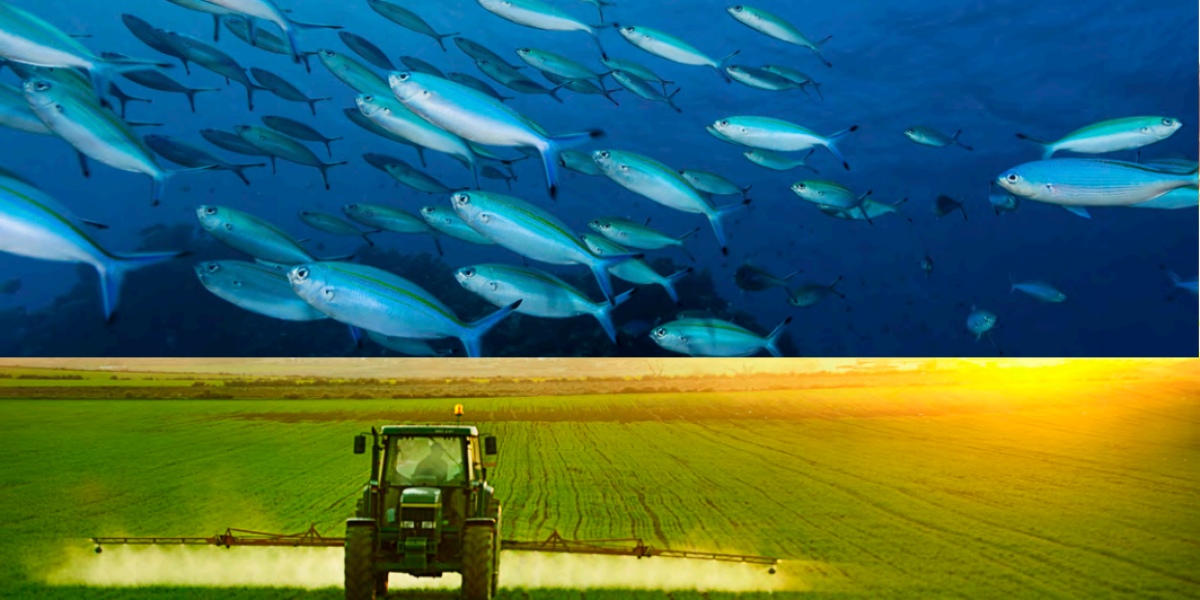
This week saw Canadians get excited about the 2016 Census, crashing servers and flipping out on social media in their rush to be counted and to contribute to building good data sets. And rightly so – data sets (and the analysis we do based on them) help drive good public policy.
Fortunately, Canadians have one of the best statistical agencies in the world.
What might come as a surprise to some Canadian researchers is that Statistics Canada has some of the very best natural capital accounts and surveys in the world; not only do we have great economic data and social data, but we have great data on our environment and the impacts of human activity on our environment. Measuring natural capital is hard, and we haven’t done it all or figured it all out, but StatCan is an international leader in the field.
But unfortunately, the data from the natural capital accounts and surveys aren’t being used as much as they could.
Beyond our own research contributions, one of the goals of SP’s Linking Natural Capital & Productivity project is to encourage others to also explore natural capital-related research. What better way to do this than with a paper that explains the current surveys and accounts that are available?
So, SP and project partners asked Rob Smith of Midsummer Analytics to explain StatCan’s natural capital measurement. The paper “Natural Capital Measurement at Statistics Canada: Current Status and Untapped Potential” provides a brief history of natural capital measurement at StatCan, catalogues the accounts and surveys related to natural capital, and explores areas where more data collection or analysis would be beneficial. Perhaps most importantly, Rob also provided a proposed research agenda that academics and analysts inside and outside of government could use to guide research.
The best part is that much of that research agenda can start now. Some aspects could be done by graduate students as part of major research papers or theses, others could be done through collaborative research between academics and think tanks (like the model of the “Linking Natural Capital and Productivity” project). Still others would require more resources, time and collaboration across government agencies.
In a world where the availability of data directly impacts the quality of public policy, and also where research can sometimes lack immediate policy relevance, StatsCan’s data on natural capital is a treasure trove that could be of immediate relevance to public policy. While recent public awareness of the importance of good data is encouraging, equally important is making sure that data is put to good use. We hope this paper will encourage academics, think tank researchers, public policy decision-makers and data geeks of all types to dig into natural capital data – and help inform public policy in the process. When it comes to this data, it’s not for your eyes only.
Related Materials: